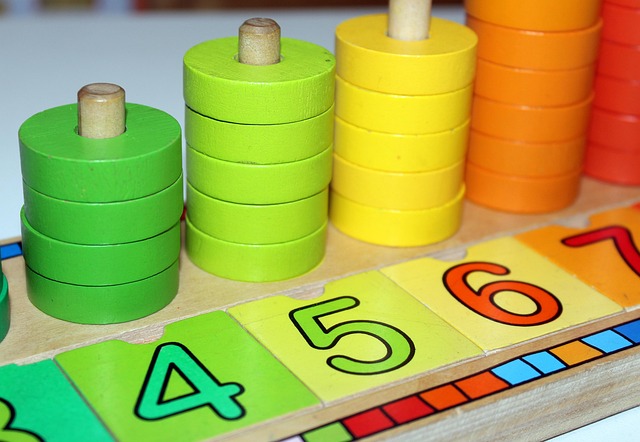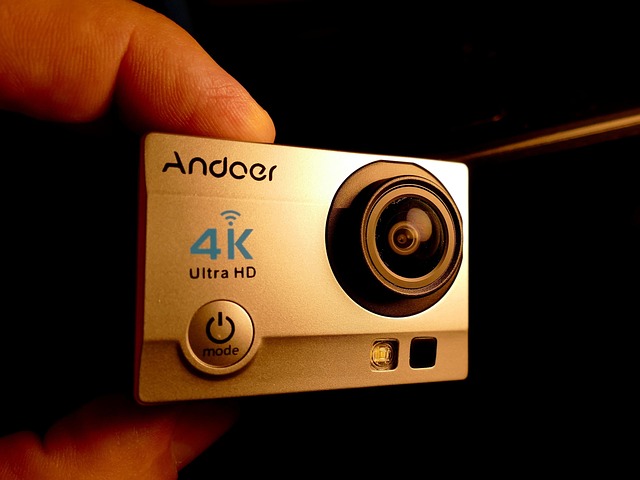
Algebra 1
Introduction to Algebra 1
Algebra 1 serves as a foundational course in mathematics, typically introduced at the middle or high school level. This course is essential for developing critical thinking and problem-solving skills, which are applicable in various fields. The curriculum is designed to provide students with a comprehensive understanding of algebraic concepts, including variables, equations, functions, and inequalities.
Course Structure
The Algebra 1 curriculum is generally divided into several chapters, each focusing on specific topics. A typical structure includes:
- Variables and Expressions: Introduction to variables, constants, and algebraic expressions.
- Equations: Solving linear equations and understanding their properties.
- Functions: Exploring the concept of functions, including linear and non-linear functions.
- Inequalities: Understanding and solving inequalities, including graphical representations.
- Systems of Equations: Techniques for solving systems of equations, both graphically and algebraically.
- Polynomials: Introduction to polynomials, including addition, subtraction, multiplication, and factoring.
- Quadratic Functions: Exploring the properties and graphs of quadratic functions.
Learning Objectives
The primary objectives of Algebra 1 include:
- Developing a strong understanding of algebraic concepts.
- Enhancing problem-solving skills through practical applications.
- Building the ability to model real-world situations using algebraic expressions and equations.
- Preparing students for higher-level mathematics courses, including Algebra 2 and Pre-Calculus.
Instructional Approaches
Effective teaching strategies in Algebra 1 often incorporate a variety of instructional methods. These may include:
- Direct Instruction: Teachers provide clear explanations and demonstrations of algebraic concepts.
- Collaborative Learning: Students work in groups to solve problems, fostering communication and teamwork.
- Technology Integration: Utilizing software and online platforms for interactive learning experiences.
- Real-World Applications: Connecting algebraic concepts to real-life scenarios to enhance relevance and understanding.
Assessment and Evaluation
Assessment in Algebra 1 typically includes a combination of formative and summative evaluations. Common assessment methods are:
- Quizzes and Tests: Regular quizzes and unit tests to evaluate understanding of key concepts.
- Performance Tasks: Practical tasks that require students to apply their knowledge in real-world contexts.
- Homework Assignments: Regular assignments to reinforce learning and practice skills.
- Projects: Group or individual projects that encourage deeper exploration of algebraic topics.
Resources for Learning Algebra 1
Students and educators have access to a variety of resources to support learning in Algebra 1. These resources include:
- Textbooks: Comprehensive textbooks that cover the curriculum in detail.
- Online Platforms: Websites and applications that offer interactive exercises and tutorials.
- Tutoring Services: Personalized tutoring options for students needing additional support.
- Practice Exams: Access to practice exams to prepare for standardized assessments.
Conclusion
Algebra 1 is a crucial stepping stone in the field of mathematics education. By mastering the concepts taught in this course, students not only prepare themselves for advanced mathematical studies but also develop essential skills applicable in various aspects of life. The structured approach to learning, combined with diverse instructional methods and resources, ensures that students can achieve a solid understanding of algebraic principles.

















 Cultural Differences in Nonverbal Communication
Cultural Differences in Nonverbal Communication 
 Health
Health  Fitness
Fitness  Lifestyle
Lifestyle  Tech
Tech  Travel
Travel  Food
Food  Education
Education  Parenting
Parenting  Career & Work
Career & Work  Hobbies
Hobbies  Wellness
Wellness  Beauty
Beauty  Cars
Cars  Art
Art  Science
Science  Culture
Culture  Books
Books  Music
Music  Movies
Movies  Gaming
Gaming  Sports
Sports  Nature
Nature  Home & Garden
Home & Garden  Business & Finance
Business & Finance  Relationships
Relationships  Pets
Pets  Shopping
Shopping  Mindset & Inspiration
Mindset & Inspiration  Environment
Environment  Gadgets
Gadgets  Politics
Politics 